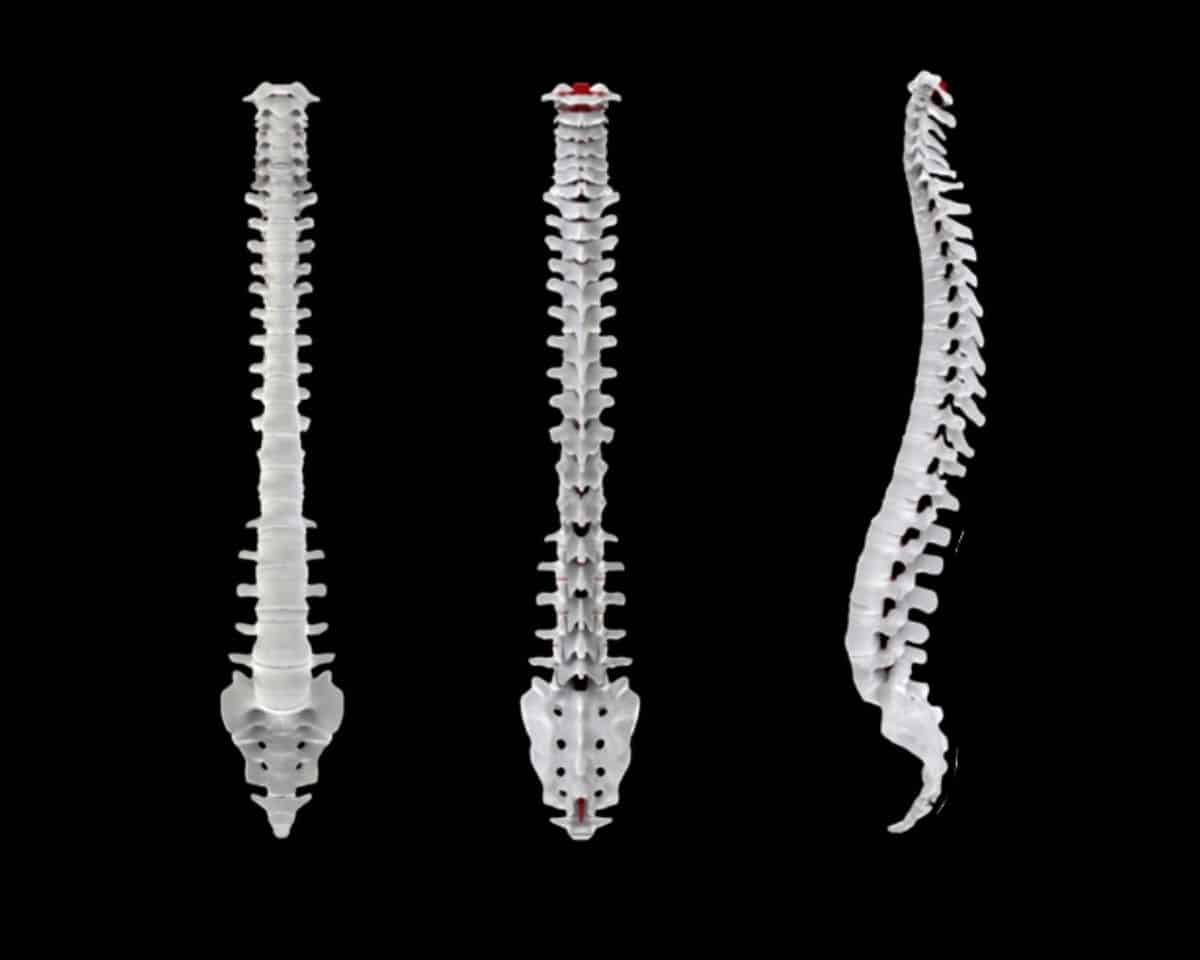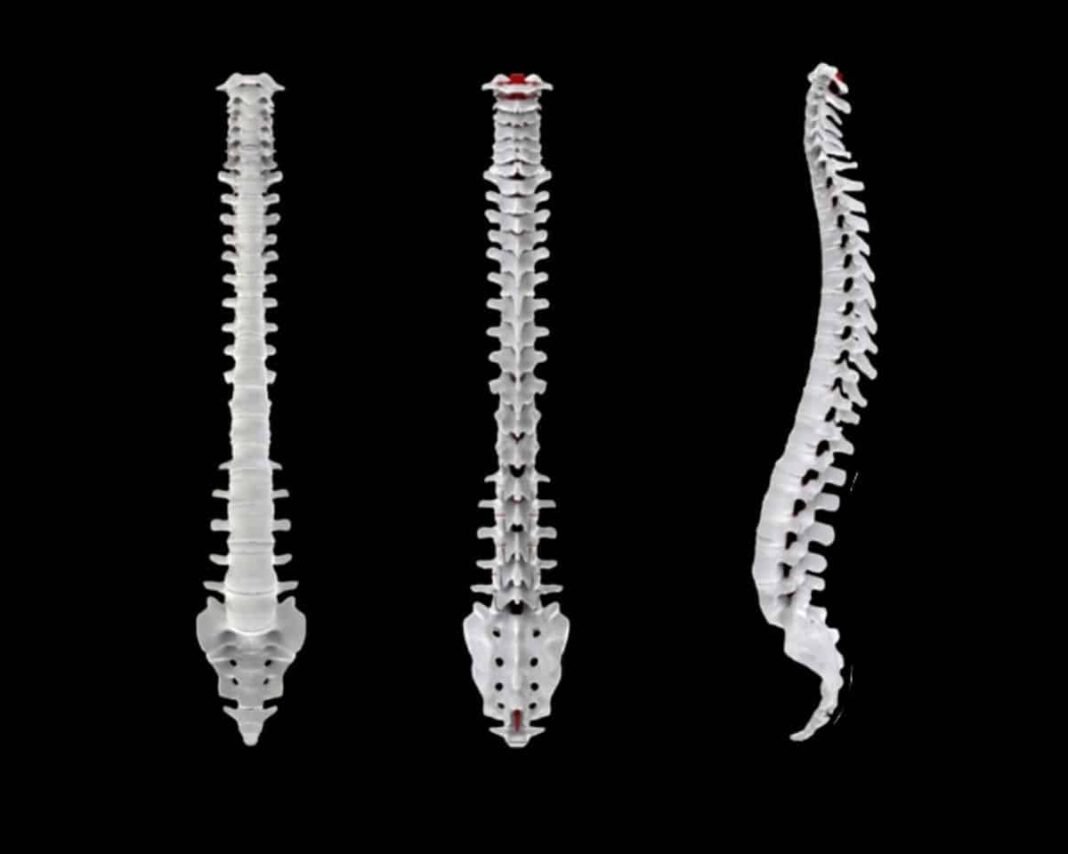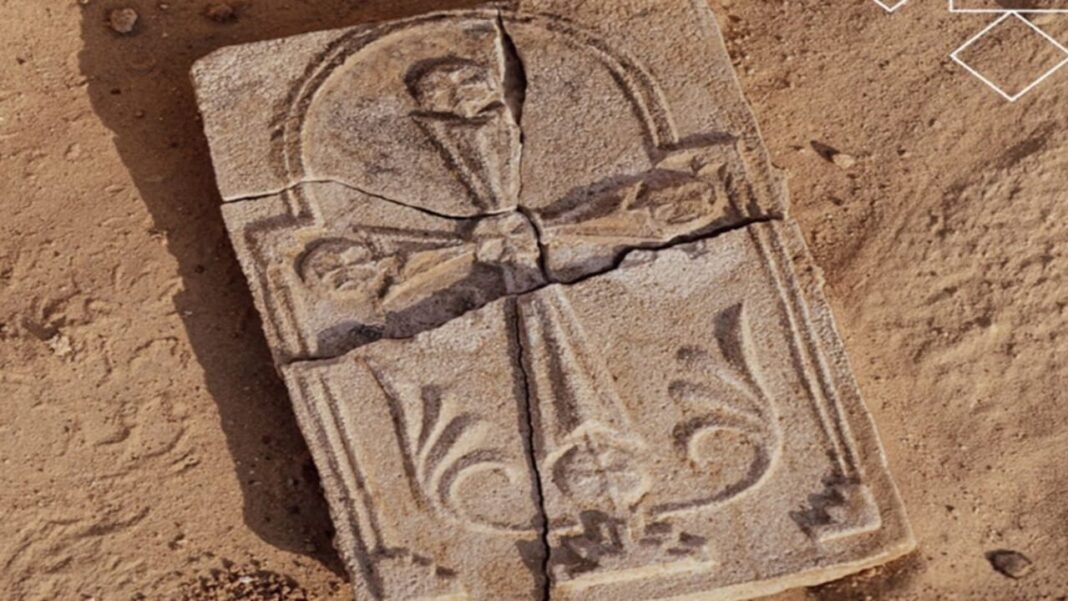
Israel is preparing to perform the world’s first spinal cord transplant using lab-grown tissue created from a patient’s own cells, in a breakthrough that could potentially restore movement to people with paralysis.
The procedure, which has received initial approval from Israel’s Ministry of Health, is expected to take place within months and marks a major milestone in regenerative medicine.
The transplant, developed at Tel Aviv University and commercialized by Israeli biotech firm Matricelf, involves replacing damaged sections of the spinal cord with engineered tissue made from the patient’s blood and fat cells.
The personalized implant is designed to fuse with healthy spinal tissue and restore the transmission of nerve signals. Researchers believe this innovation could enable individuals with paralysis to regain the ability to stand or walk.
Personalized implant designed to restore nerve signals
Professor Tal Dvir, who leads the research at Tel Aviv University’s Sagol Center for Regenerative Biotechnology, explained that the spinal cord functions much like an electrical cable, carrying signals from the brain to the rest of the body.
When the cord is severely injured—through trauma such as accidents or combat—the connection is cut, preventing signals from passing and leading to paralysis below the injury. He noted that, unlike other tissues, spinal neurons do not regenerate naturally, and scar tissue further blocks any remaining signals.
World’s first spinal cord transplant to take place in Israel, could allow patients to walk again, according to Jerusalem Post. pic.twitter.com/rjlYwwG84V
— Open Source Intel (@Osint613) August 20, 2025
The process begins by reprogramming a patient’s blood cells into stem-like cells capable of becoming any cell type. Fat tissue is also collected to create a hydrogel scaffold.
These materials are combined to grow a three-dimensional spinal cord segment, which is then implanted at the injury site to bridge the damaged area and reconnect nerve pathways.
Early animal trials show promising results
Animal studies have shown promising results. In trials, rats with chronic spinal injuries regained the ability to walk after receiving the implant. Dvir said these findings provided strong motivation to begin human trials.
The Israeli Health Ministry approved an initial round of “compassionate use” procedures for eight patients. Dvir emphasized that the decision to perform the world’s first spinal cord transplant in Israel is a point of national pride, given that the entire technology—from concept to clinical stage—was developed locally.
Matricelf CEO Gil Hakim said the move from laboratory research to patient treatment is a significant turning point. He added that using a patient’s own cells reduces the risk of rejection and positions the company at the forefront of spinal cord therapy.
If successful, the therapy could lead to a new standard of care in a field where no effective treatments currently exist.


